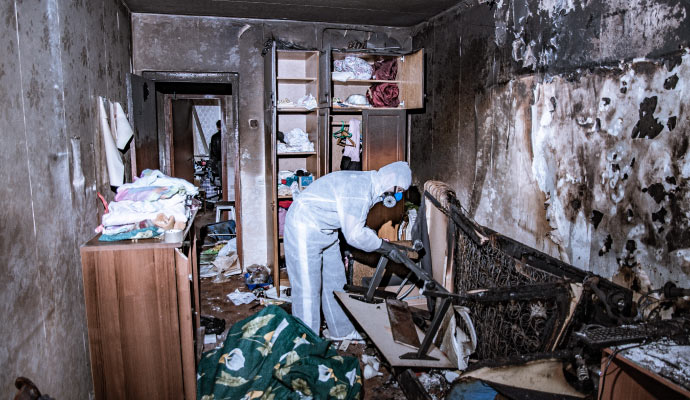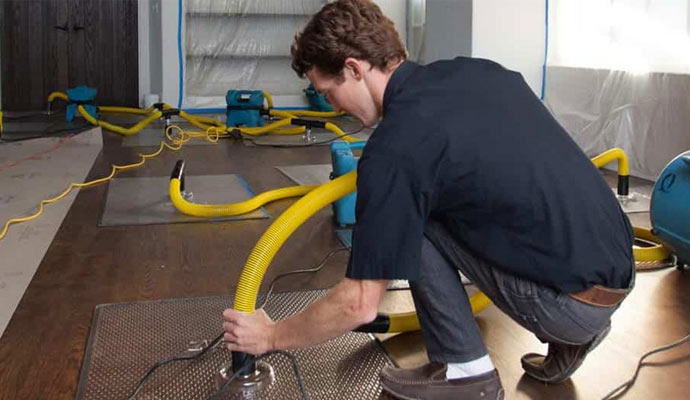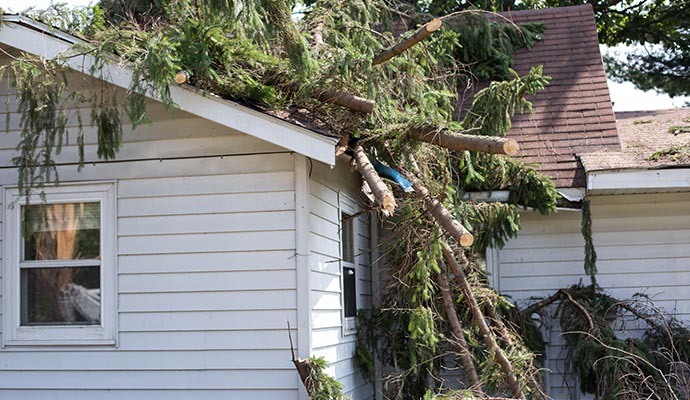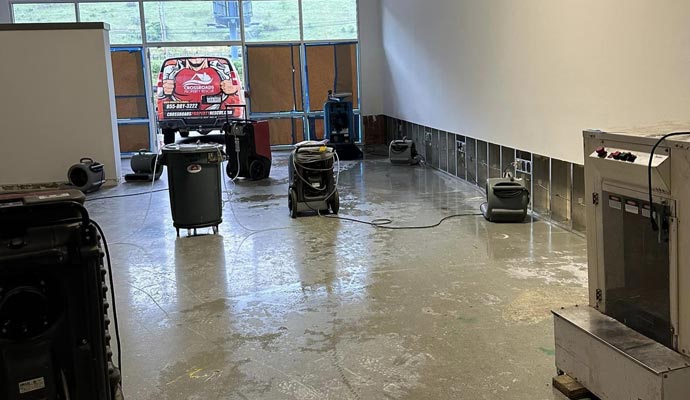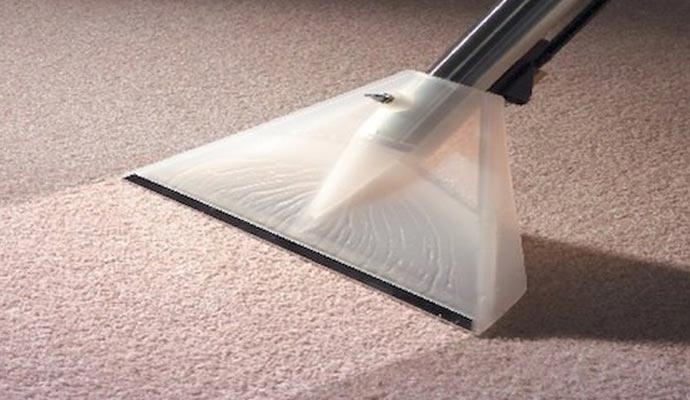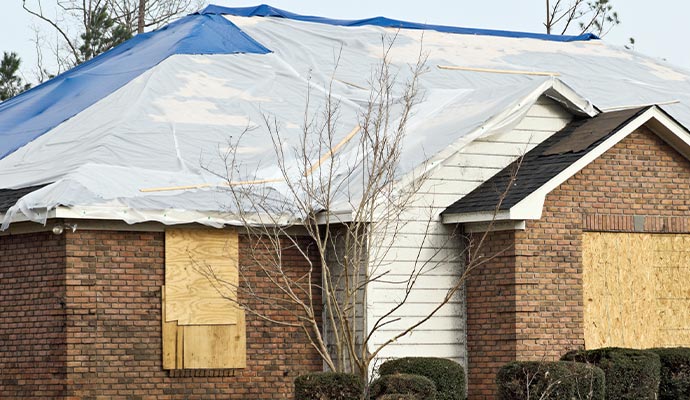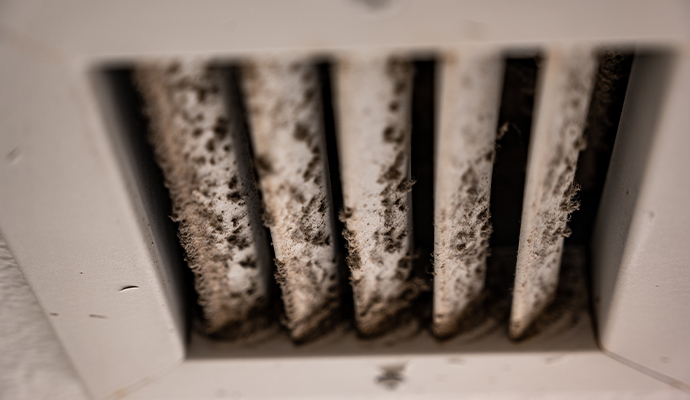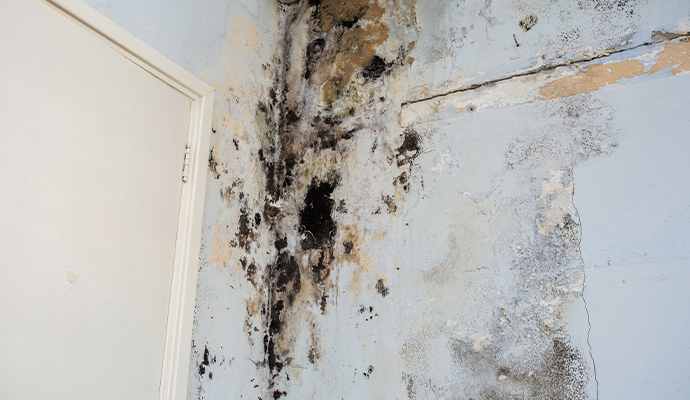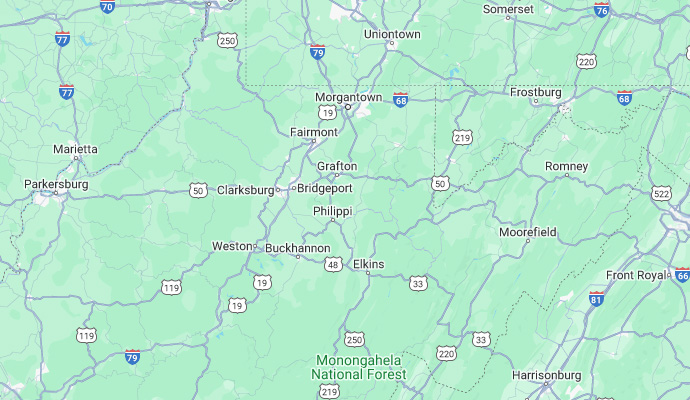Structural Mold Remediation in Morgantown & Bridgeport
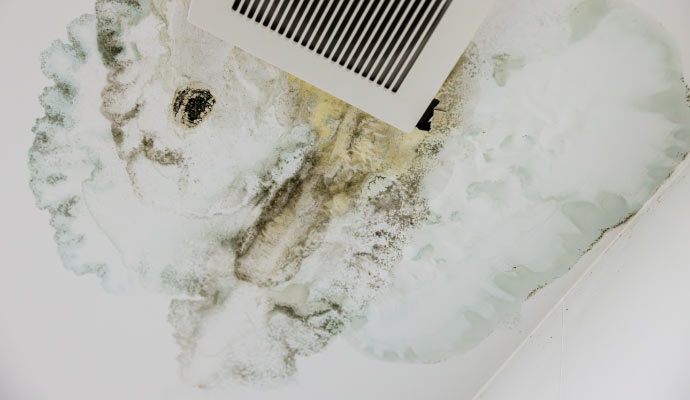
Structural mold is more than just an eyesore or surface issue. It's a hidden threat that can quietly eat away at the very bones of your home, damage wood beams, weaken floors, pose serious health risks, and even threaten your walls and ceilings.
At Crossroads Property Rescue, we specialize in structural mold remediation, using advanced techniques to locate, contain, and eliminate mold at its source in Morgantown, Bridgeport, Clarksburg, and their surrounding West Virginia communities. Our certified team provides emergency services to stop mold before it leads to irreversible damage. Call us or click here to schedule your mold inspection and safeguard your property from structural damage.
304-513-4540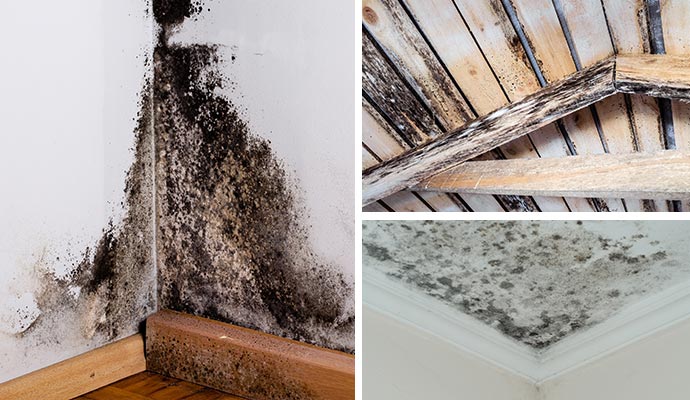
Understanding Structural Mold
Structural mold forms when mold colonies grow within the foundational elements of a building. Unlike surface mold, which is visible and easier to clean, structural mold affects the core integrity of a property. Leaky pipes, roof leaks, high humidity, or even poor ventilation can create the perfect environment for it to grow. Once mold takes hold, it doesn't stop on its own. It often hides in:
- Wooden beams & framing
- Interior walls
- Drywall & insulation
- Floor joists
- Attic structures
- Basement structures
- Crawl spaces
- Ceiling tile
Signs You Might Have Structural Mold at Your Home or Office
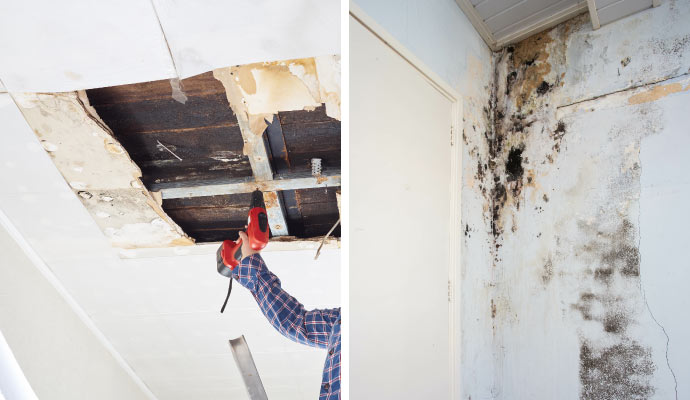
The longer the mold is left unchecked, the worse the damage becomes. It feeds on your home's building materials, slowly breaking them down. Watch for these red flags:
- A persistent musty smell inside your home
- Stains or discoloration on ceilings, walls, or floors
- peeling paint or wallpaper
- Warped floors or soft spots when you walk
- Doors or windows suddenly sticking or shifting out of place
- Increased allergy symptoms indoors
- Persistent moisture or condensation

Health Hazards to Avoid or Prevent
Mold isn’t just a cosmetic problem. It releases spores into the air that can cause issues that include:
- Breathing issues, asthma attacks, and allergies
- Sinus infections and chronic coughing
- Weakened immune responses over time
- Poor indoor air quality
- Expensive repair bills
- Rotting wood beams and joists
- Crumbling drywall and plaster
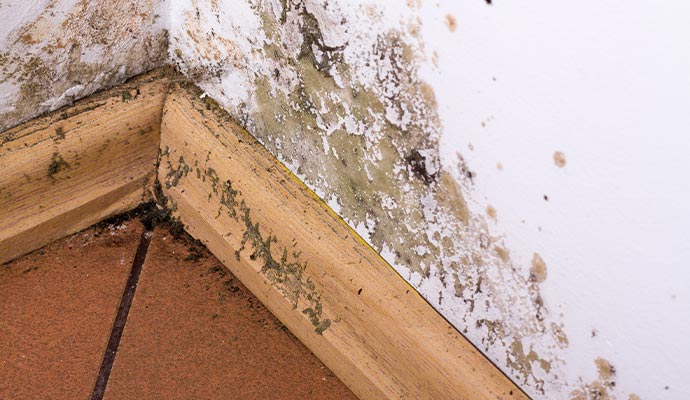
Why Structural Mold is a Crisis You Can't Ignore at Your Home
When mold invades structural components of a building, it weakens the very things that hold your house together. If your walls are bowing or your floors are sagging, it could be mold silently breaking everything down from the inside.
Visible mold patches or musty odors frequently mean the damage extends beyond what you can see. If mold damages load-bearing walls or support beams, it can lead to floor or ceiling collapse. It's much easier to fix a small issue before it turns into a disaster.
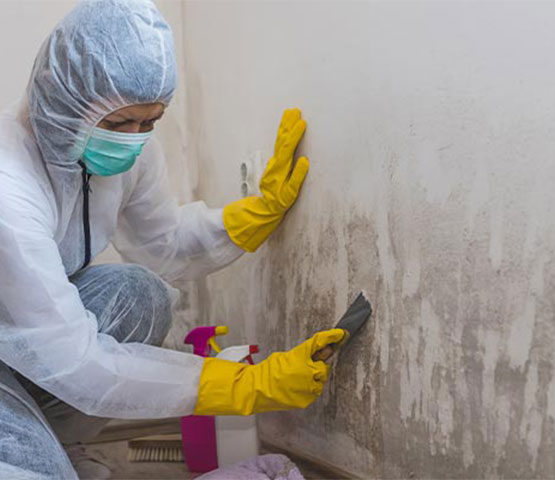
Protect Your Property with Professional Remediation
Crossroads Property Rescue's Professional mold remediation services are crucial because:
- Mold hides inside materials, where it can’t be reached with surface cleaning.
- Improper removal can release spores and make the problem worse.
- Experts use special tools to find, remove, and treat mold in hard-to-reach places.
- Professionals ensure the entire area is treated, so mold doesn’t return.
- Structural repairs may be needed after mold removal, which only trained teams can safely handle.
Mold-Affected Structural Areas We Address in West Virginia
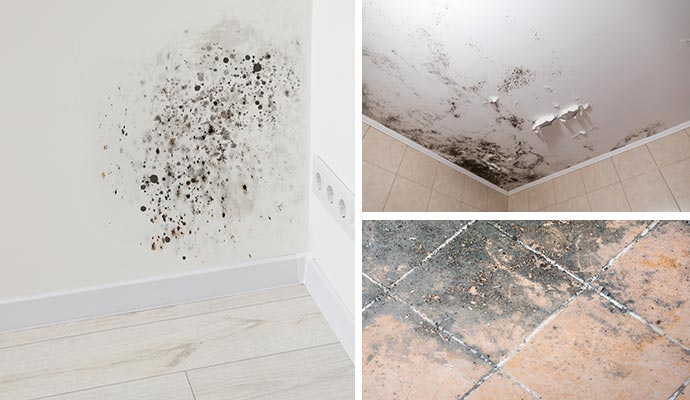
At Crossroads Property Rescue, we specialize in finding and fixing hidden mold before it causes major problems. We remediate:
- Wall Mold: Wall Mold usually grows unseen behind drywall, especially in damp areas like bathrooms or near plumbing. Signs include black spots, stains, or a musty smell, indicating deeper damage that needs professional attention.
- Mold in Ceilings: Ceiling mold often develops due to roof leaks, plumbing issues, or poor ventilation. It begins with stains or yellow patches and can lead to sagging, crumbling, and structural problems if not handled properly.
- Mold in Floors: Floor mold typically grows under carpet, tile, or hardwood, especially in areas exposed to moisture or flooding. It causes soft spots, a spongy feel, or even buckling. Over time, the subfloor can rot, affecting the overall stability of the room.
Other Damage Repair Services We Provide
Besides mold remediation, Crossroads Property Rescue also offers a full range of damage restoration services, including
Call Us Now to Remove Mold From Your Property in West Virginia
Structural mold inside walls, ceilings, or floors is dangerous. It weakens your house and harms your health. Crossroads Property Rescue provides expert mold inspections and safe remediation services. Our certified team uses advanced tools to remove mold completely and prevent it from coming back.
Don’t wait until the damage gets worse. Call today for an inspection or click here to schedule structural mold remediation services and keep your property strong and safe.
304-513-4540
